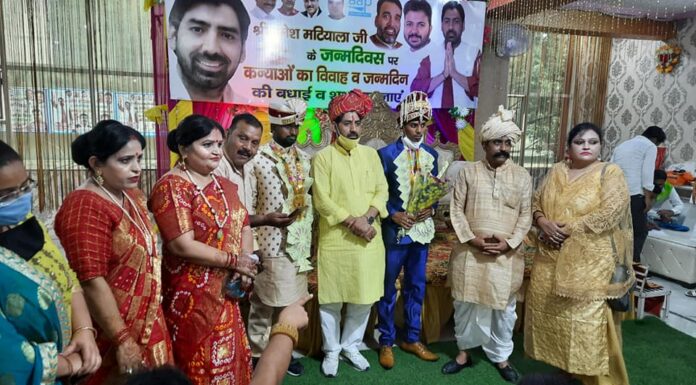The progression and development of any country depends on the development of all its minor sections and communities. The success of any nation is only possible through the development of its society. This development and provision of services can be determined by the extent up to which services are provided to those who are the lowest level of society. An inclusive government or society makes provisions in such a manner that equal opportunities and equitable services are given to all sections.
Education maintains itself as the primary way for lifting citizens as well as the nation out of poverty. Yet, while there are various provisions for educating the socially backward, little provisions have been made for including children with disabilities, into this structure. Around 120 to 180 million children, below the age of 18, are disabled in the world. In various countries, a child with disability is two to three times less likely to attend school than a child without them. While the Indian government has made recognizable efforts for advancing primary education in the country, children with disabilities remain a sizable majority of the children who remain out of schools.
Let us first examine the existing provisions for disabled children. Until the age of 18, disabled children are entitled to free education, scholarships, uniforms, books and teaching materials in special schools or integrated schools. However, provisions do not equal action and that is where the government fails. The number of special schools in the country is very less and they are mostly placed in urban areas, thus excluding disabled children from rural backgrounds. Even in these special schools, the ones being run by the government do not necessarily employ teachers with a background in special education. Thus, the education that is being provided is not suited or very well understandable for these children. In integrated schools, we see that there is a lot of discrimination against disabled children and where there isn’t discrimination, disabled students are mostly ignored in classes and extra-curricular activities.
The first step is recognizing that disabilities are in all forms and include both physical and intellectual disabilities, the provisions for both, and all their types, must be specialized. Secondly, along with providing policies that provide education, there also needs to be a structural change that makes these policies accessible. The school buildings and transportation must be disability friendly. It also requires that a consciousness and awareness is built among the disabled students, normal students, teachers, parents and society to ensure that the drop-out rates remain low. Workshops must be held to reduce communication barriers and reduce negative attitudes of teachers and students. A specialized curriculum must be developed for disabled children so that they are able to follow and comprehend what is being taught. This includes a change in the methods of teaching which also need to be specialized.
If we are to achieve high rates of education, inclusivity is the first basic step and the government must address disabled children in various parts of the country and make efforts to ensure they receive equal treatment and opportunities.


























